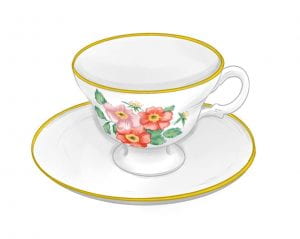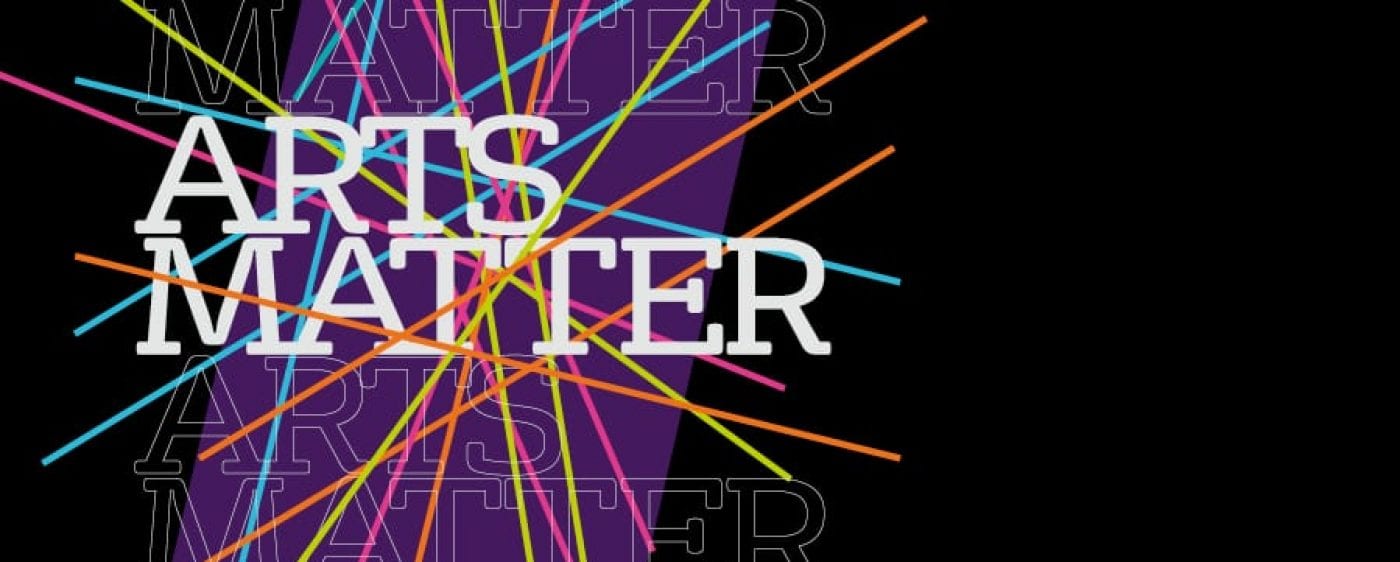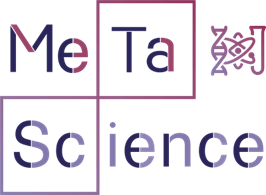According to the United Nations, philosophy is ‘the study of the nature of reality and existence, of what is possible to know, and of right and wrong behaviour. It is one of the most important fields of human thought as it aspires to get at the very meaning of life.’ Today we are celebrating World Philosophy Day by sharing a post written by Francesca Bellazzi, a PhD student on the ERC-funded MetaScience Project*, which delves into marvellous mysteries and the unity of science…
‘But what vast gaps there were, what blank spaces, she thought leaning back in her chair, in her knowledge! How little she knew about anything. Take this cup for instance; she held it out in front of her. What was it made of? Atoms? And what were atoms, and how did they stick together? The smooth hard surface of the china with its red flowers seemed to her for a second a marvellous mystery.’ (Virginia Woolf, The Years)
So reflects Eleanor in Virginia Woolf’s The Years. How can this china with red flowers be made of atoms that somehow stick together? Many solutions to this marvellous mystery have been offered, and these are the kinds of questions that the MetaScience philosophy project addresses.
The world, like the cup, seems to be composed of different levels, one clustered beneath the other. Different disciplines study these different levels. Each of them focusses on a specific level of inquiry: physics at the physical one, chemistry at the chemical one, economics at the economical one, and so forth. However, how these levels relate to each other is not obvious. They are not isolated clusters such that the things happening in the ‘biological’ and ‘physical’ clusters are completely independent from each other, nor do they seem easily reducible to the one unique level of physical particles.
In light of this, two extremes have been debated within philosophy. Some philosophers are in favour of what is known as ‘strict identity-based reductionism’, arguing that phenomena at the higher level – such as biological phenomena – are strictly identical to phenomena at the physical level. Such a view might lead to ‘eliminativism’, which essentially says that if all higher-level entities are identical to their lower-level components, then we should stop speaking or even worrying about the higher-level stuff. The only fundamental level is then the physical one, and all the sciences have to be reduced to that. However, this is now an ‘old dream’ – the world is way too complex to be pinned down by identity relations.
Against this reductive dream stand those that argue for the disunity of science. Often called  ‘pluralism’, this position argues that the physical, chemical, biological and social realms can all equally understand the world on their own. However, this route also appears too extreme, as it disregards important interactions between levels and the growing exchanges between disciplines.
‘pluralism’, this position argues that the physical, chemical, biological and social realms can all equally understand the world on their own. However, this route also appears too extreme, as it disregards important interactions between levels and the growing exchanges between disciplines.
In the MetaScience project we are investigating how to achieve the unity of the sciences by saving the unity of the world itself without being an identity reductionist. Our project studies how the different levels can interact via a variety of dependency relations, such as ‘multiple realisation’ and ‘multiple determination’. Multiple realisation means that a higher level can be realised by different lower-level phenomena. An example is colour, where different microphysical phenomena can realise the same shade. Different surfaces (composed of different microphysical particles) can reflect the same wavelength. Multiple determination goes the other way around: the same lower level can determine different higher-level properties, such as moonlight proteins that play different functions in different environments. Our aim is to use these – and other – dependency relations to find out whether the sciences can be effectively unified.
Let us try now to be a bit more concrete and go back to the china cup: how can its smooth surface be composed of atoms?

The strict reductionist would say that the cup is nothing more than the result of physical stuff interacting with each other following the laws of physics. The pluralist, on the other hand, would say that any of chemistry, physics or psychology can give us an equally valid story about the cup. However, both options seem to take the wrong direction. There is no 1:1 correspondence between the colour red of the flowers and some underlying microphysical phenomena; as we saw earlier, colour is an instance of multiple realisation. However, there are some relations between the colour level and the microphysical one; these are not self-isolated clusters.
Possibly, the truth lies in the middle. Pursuing philosophical enquiry, MetaScience studies the possibility that within one cup, all sorts of different properties can be found and that this is not mysterious. One and the same china cup can be described by different disciplines that consider different properties: its material composition can be studied by chemistry, its solidity by physics, its geometrical form by mathematics, its colour by the interaction between optics and neurophysiology, its function by psychology and sociology. Nevertheless, this does not imply that this single cup is nothing but atoms or that the different descriptions of the cup are self-standing and detached. Rather, it means that the existent cup is only one and yet is complex. It is composed of many levels studied by different disciplines that all help to understand how the compositional parts of the cup are related. The mystery might be solved without taking away the marvellous. Thanks to the interaction between sciences and philosophy, we are able to formulate a unified view of the one china cup with its red flowers.
PhD Student in the ERC-funded Project MetaScience (771509)
*The MetaScience project has received funding from the European Research Council (ERC) under the European Union’s Horizon 2020 research and innovation programme (Grant agreement No. 771509).


